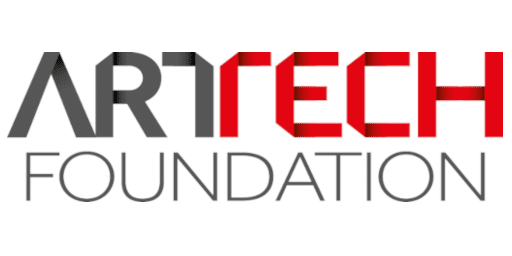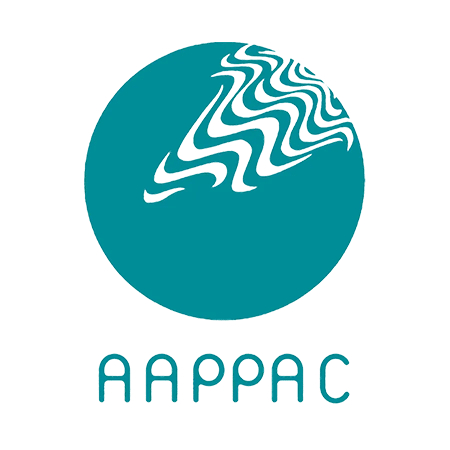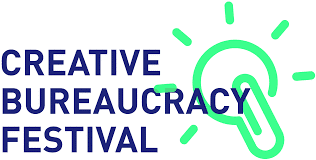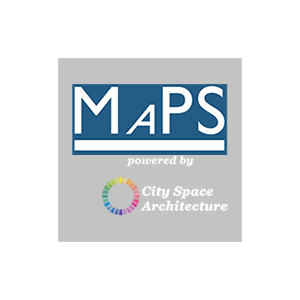
The Global Cultural Districts Network (GCDN) is committed to improving the quality of urban life through the contribution of the arts, culture, and the creative industries.
Initiated in 2013 by AEA Consulting, GCDN brings together policymakers, planners, and executives from widely diverse international contexts, all working at the intersection of culture and sustainable urban development through convenings, research and collaboration.
By fostering knowledge-sharing among those responsible for planning and managing creative and cultural districts, quarters, precincts, and clusters, GCDN stimulates the promotion of urban development with culture at its core across four fundamental areas: operational realities, the environment, society, and the economy.
Broken down into fourteen themes, they form the intellectual framework of GCDN presented on this page.
GCDN has no hard-edged definition of what is or isn’t a cultural district beyond the presence in a particular geographic area of a significant concentration of cultural activity, organizations and/or infrastructure. Instead, it is that intellectual framework that federates the network. A common agenda that is formed by, with, and for members… and a trusted forum to examine issues that matter.
Cultural Districts operate in a wide range of geographies and operational realities. However they all need to devise the optimum governance and operating models that respond to their mission and vision. By definition they interact with a broad range of local, regional and international actors and this provides significant opportunities to maximise impact through partnerships and synergies. Program content and formats and their relationship to mission and audiences are a core area of research. Even more so because technological innovation, especially in the digital sphere, constantly modulates expectations with respect to the production, consumption, and communication of the content that Districts produce.
The profile of Cultural Districts within their local and regional societies is significant and, over the past years, expectations that they will rise to the multiple crisis and challenges the world faces have grown. Consequently, districts must ensure that they are systemically aware of the perspectives of all their stakeholders, including those whose voices are not often represented, and that they devise ways to understand, measure, and act upon their impacts on stakeholders and their broader communities. Reflecting their significant urban footprint, they have the opportunity to be drivers of civic wellbeing and neighbourhood development. These responsibilities are mirrored within their own hierarchies: ensuring the cultivation of relevant skill sets, fostering a culture of leadership responsibility, and ensuring that access to leadership positions is as open as possible are of of paramount importance.
GCDN provides a unique forum for a diverse group of leading professionals to openly and frankly exchange innovative ideas and inspire action across the range of critical issues framed by its intellectual agenda.
GCDN annual meetings have been held in: Athens, Barcelona, Brooklyn, Dallas, Dubai, London, Lugano, Montreal, Providence, and Singapore. The next annual convening will be held in Los Angeles, May 18-21, 2025.





